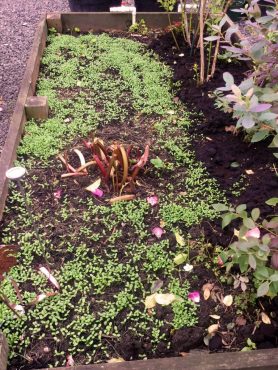
Some gardeners ignore or forget a very important part of the garden year. But you should think of it as getting ready to plant again.
With the decrease in daylight, our plants are slowing down and it is a good time to remove all spent annual and garden plants and consider planting a few garlic cloves or some crimson clover cover crop.
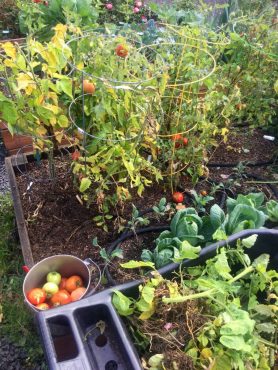
Garlic is very easy to grow and fun to watch as it develops for a July harvest next year. Choose the largest cloves from a garlic head and plant them 2 to 3 inches deep and 4 to 6 inches apart. Cover with garden soil and tap down lightly.
If you are not interested in garlic, do not leave your soil bare for the rainy season, as it will get packed down and possibly filled with weeds during the rainy months.
Cover-crop seeds are not only used by farmers in large plots of soil. Organic gardeners have recognized the usefulness even in small plots or raised beds.
The roots of a desirable cover crop will keep your soil from compaction. Crimson clover is quick to germinate and slow to grow, with the added benefit of providing nitrogen back to the soil when the growth is turned under in the spring about two weeks before you intend to plant.






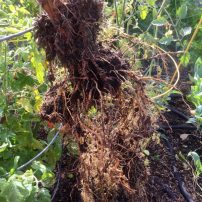
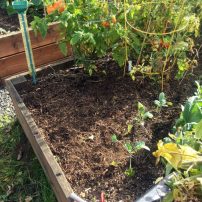
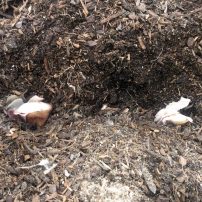






Comments